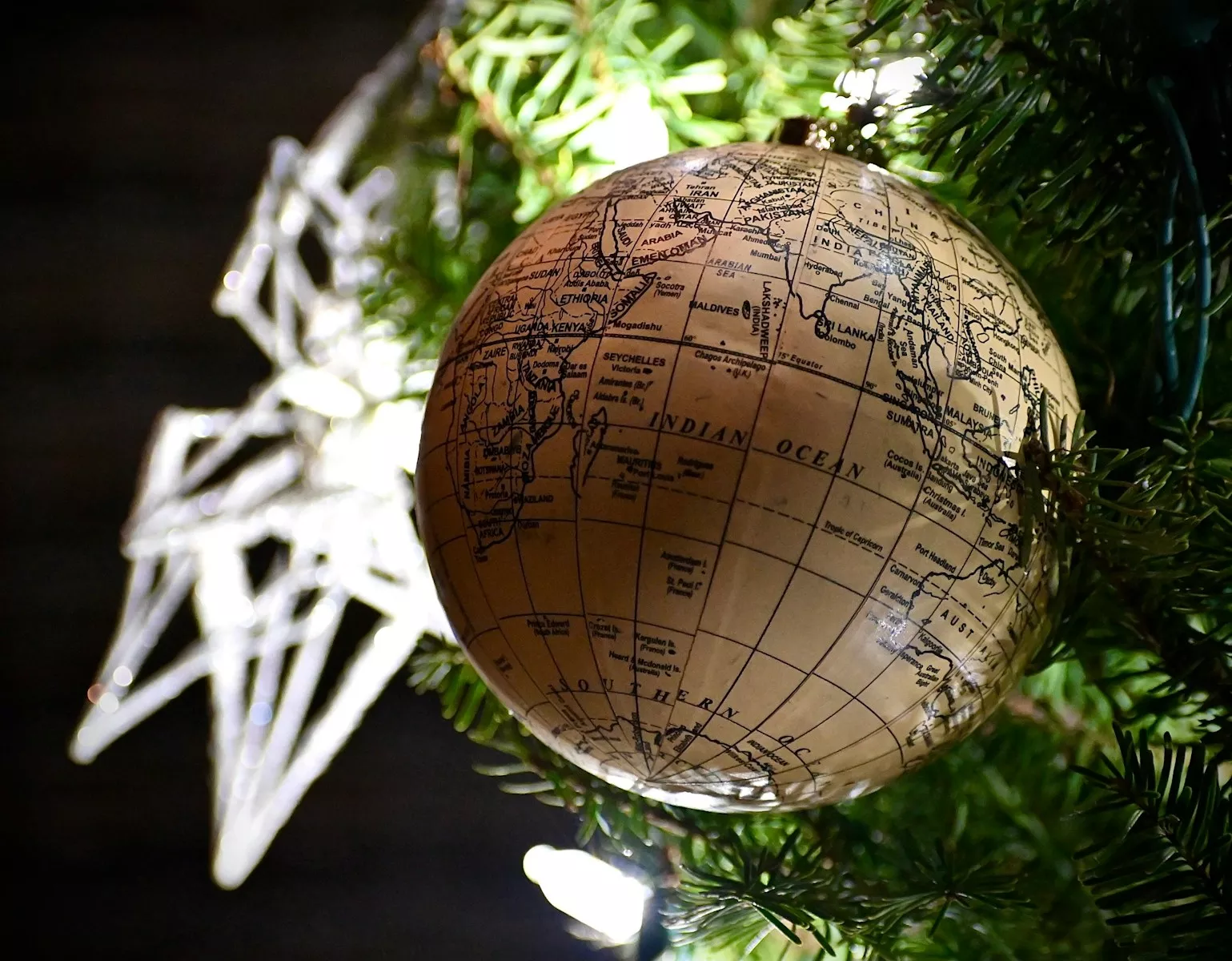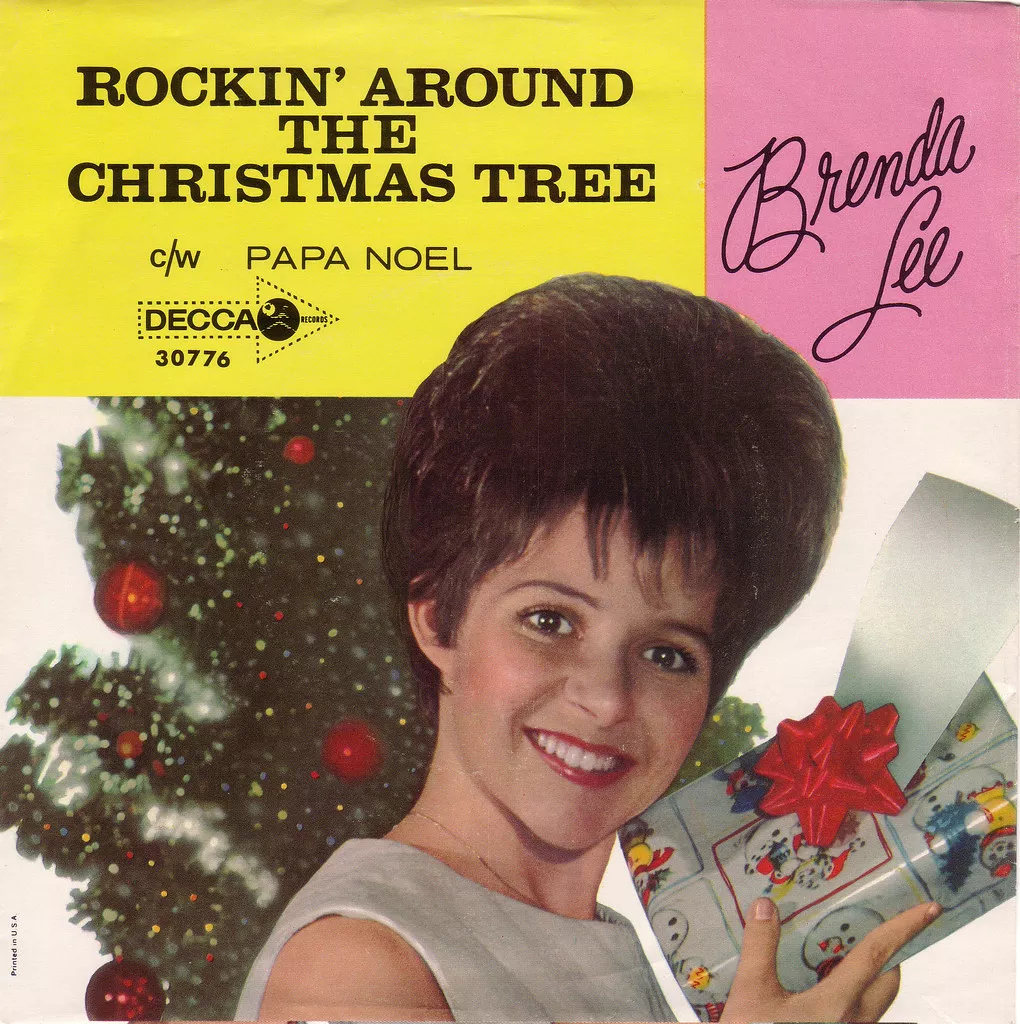Christmas ornaments are a delightful way to celebrate the holiday season, and they come in a variety of styles and traditions from around the world. Each country has its unique way of adding a festive touch to their Christmas trees, reflecting their culture and heritage.
In Germany, the tradition of decorating Christmas trees dates back to the 16th century. German ornaments often include glass baubles, which originated in the town of Lauscha. These delicate glass ornaments are hand-blown and painted, featuring intricate designs and vibrant colors. Another popular German ornament is the pickle ornament, which is hidden in the tree, and the first child to find it on Christmas morning receives an extra gift. Additionally, German Christmas markets, known as Christkindlmarkts, are famous for their handcrafted wooden ornaments, nutcrackers, and incense smokers, which add a traditional and rustic charm to holiday decorations.
In Mexico, the Christmas season is marked by the vibrant and colorful piñatas. These star-shaped ornaments are made from papier-mâché and are filled with candies and small toys. They are often used in celebrations leading up to Christmas, known as Las Posadas, which reenact Mary and Joseph’s search for shelter. Another unique Mexican ornament is the farolito, a small paper lantern that is lit and placed along walkways and rooftops, creating a warm and inviting glow during the festive season.
Poland has a tradition of making ornaments from straw. These straw ornaments are intricately woven into shapes like stars, angels, and animals. They are lightweight and add a rustic charm to the Christmas tree. Additionally, Polish families often create beautiful paper cutouts called wycinanki, which are used to decorate the tree and home. The art of wycinanki involves cutting intricate patterns into colored paper, resulting in stunning and delicate decorations that are often passed down through generations.
In Japan, Christmas is not a traditional holiday, but it has been embraced with a unique twist. Japanese Christmas ornaments often include origami decorations. These paper-folded ornaments can be in the shape of cranes, stars, or other festive designs. They reflect the Japanese art of paper folding and add a delicate and artistic touch to the holiday decor. Another popular decoration in Japan is the Christmas cake, a light sponge cake topped with strawberries and whipped cream, which has become a symbol of the holiday season.
In the Philippines, the parol is a traditional Christmas lantern that is a symbol of the Star of Bethlehem. These lanterns are usually star-shaped and made from bamboo and paper. They are illuminated and hung outside homes and buildings, creating a beautiful and festive display during the Christmas season. The parol is not only a decoration but also a symbol of hope and goodwill, and its creation and display are often accompanied by community gatherings and celebrations.
In Sweden, Christmas ornaments often include straw goats, known as Yule goats. These ornaments are made from straw and tied with red ribbons. The Yule goat is a symbol of the Christmas season in Scandinavian countries and is believed to help guard the Christmas tree and presents. Another Swedish tradition is the use of tomte, small gnome-like figures that are believed to protect the household and bring good luck. These charming figures are often placed around the home and tree during the holiday season.
In Italy, the presepe, or nativity scene, is a central part of Christmas decorations. Italian families create elaborate nativity scenes with figurines representing the Holy Family, shepherds, and animals. These scenes can be quite detailed and are often passed down through generations. In addition to the presepe, Italians also decorate their trees with blown-glass ornaments from the island of Murano, known for its exquisite glassmaking tradition.
In the United States, Christmas ornaments are incredibly diverse, reflecting the melting pot of cultures. Popular ornaments include glass balls, candy canes, and personalized ornaments with family names or photos. Many families also have a tradition of adding a new ornament each year, creating a collection that tells the story of their family’s Christmases over the years. Additionally, American homes often feature stockings hung by the fireplace, which are filled with small gifts and treats on Christmas morning.
In Russia, the tradition of decorating the New Year tree, or yolka, is similar to the Western Christmas tree. Russian ornaments often include hand-painted wooden figures, glass baubles, and intricate lace decorations. One unique Russian ornament is the Matryoshka doll, a set of nested dolls that symbolize family and togetherness. These colorful and detailed dolls are often used to decorate the tree and home during the holiday season.
In Norway, Christmas decorations often include woven heart baskets, known as julekurver. These baskets are made from colored paper and are filled with small treats and hung on the Christmas tree. Another traditional Norwegian ornament is the Nisse, a mythical creature similar to a gnome, believed to protect the household and bring good fortune. Nisse figures are often placed around the home and tree, adding a touch of folklore to the holiday decor.
These are just a few examples of the rich variety of Christmas ornaments from around the world. Each ornament carries with it a piece of the culture and traditions of its country of origin, making the Christmas tree a truly global celebration of the holiday season. Whether it’s the delicate glass baubles of Germany, the vibrant piñatas of Mexico, or the intricate straw ornaments of Poland, these decorations bring a unique and festive spirit to homes everywhere.




